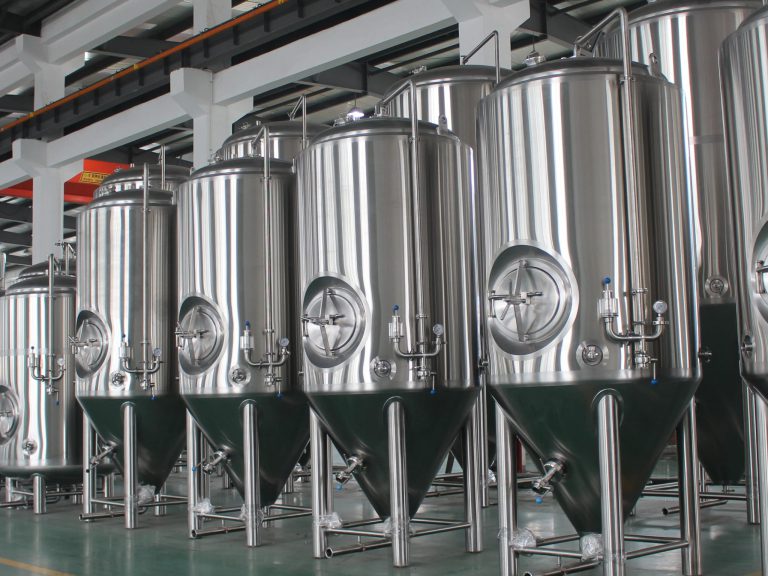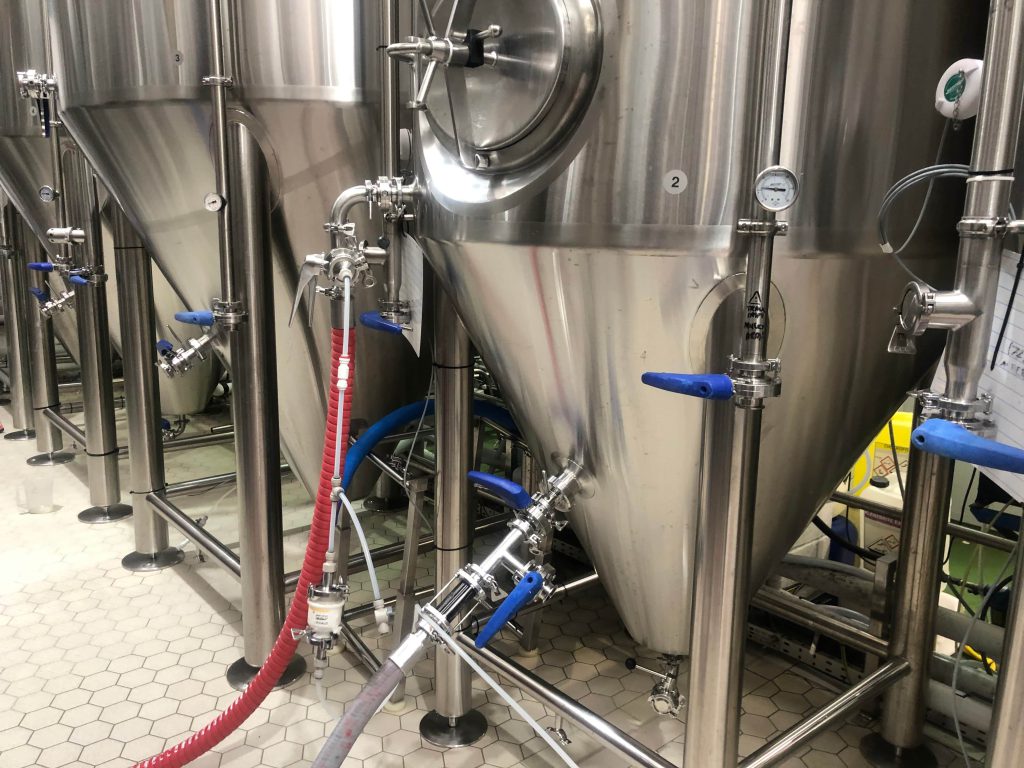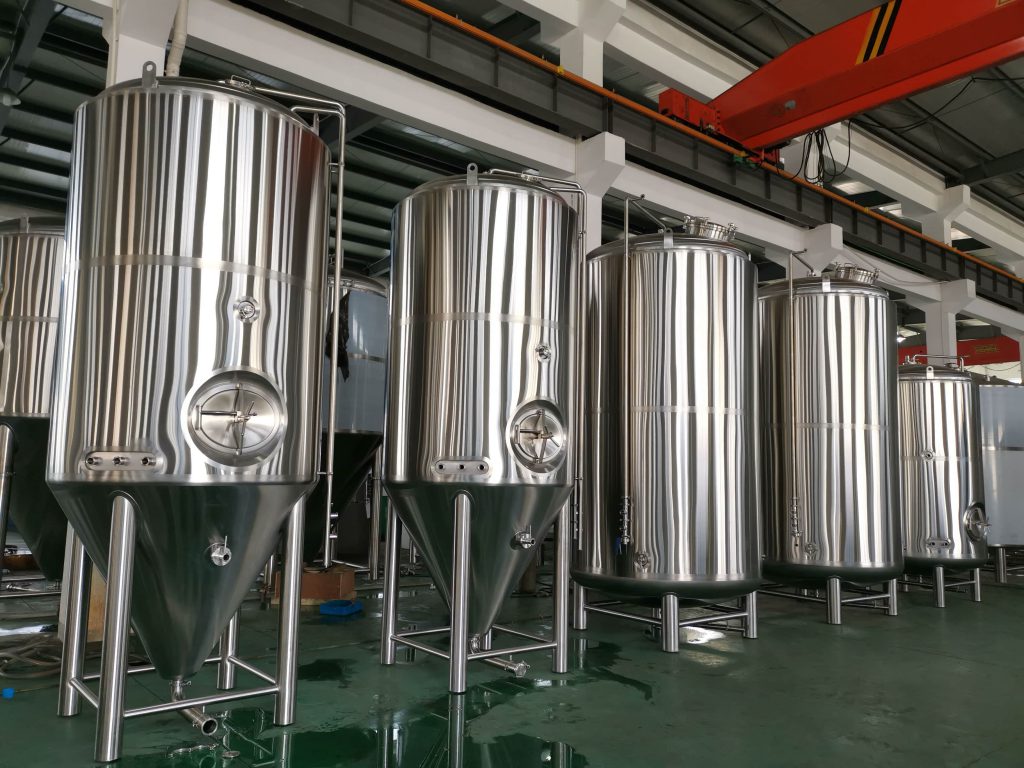Introdução

Selecionar o melhor recipiente de fermentação é uma decisão crítica para atingir resultados ótimos em processos de fermentação e fabricação caseira de cerveja. Não importa se você está fermentando cerveja, vinho, kombucha ou outros alimentos fermentados, o recipiente que você escolher influencia profundamente a qualidade e o sabor do seu produto final. Este guia abrangente explora vários tipos de recipientes de fermentação, fatores-chave a serem considerados ao fazer sua seleção, e fornece uma comparação detalhada para ajudá-lo a tomar uma decisão informada.
Tipos de Vasos de fermentação
Fermentadores de plástico: acessíveis e práticos
Os fermentadores de plástico são populares entre cervejeiros caseiros e fermentadores por sua acessibilidade, praticidade e facilidade de uso. Feitos de plástico de qualidade alimentar, esses recipientes são leves e resistentes à maioria dos produtos químicos. No entanto, eles podem arranhar facilmente, potencialmente abrigando bactérias se não forem limpos completamente após cada uso. Apesar dessa desvantagem, muitos cervejeiros iniciantes e experientes apreciam os fermentadores de plástico por sua relação custo-benefício e versatilidade no manuseio de várias necessidades de fermentação.
Garrafões de vidro: transparência e pureza
Os garrafões de vidro são favorecidos por sua natureza inerte, o que garante que não haja transferência de sabor ou interação química com o líquido em fermentação. Eles fornecem uma visão clara do processo de fermentação, permitindo que os cervejeiros monitorem a clareza e a progressão. Disponíveis em vários tamanhos, os garrafões de vidro são adequados para aqueles que priorizam a observação visual e a manutenção da pureza de suas cervejas. No entanto, eles são pesados e frágeis, exigindo manuseio cuidadoso para evitar quebras, o que pode deter alguns cervejeiros, apesar de seu apelo estético.
Fermentadores de Aço Inoxidável: Durabilidade e Precisão
Os fermentadores de aço inoxidável são famosos por sua durabilidade, facilidade de limpeza e propriedades não reativas. Eles não arranham facilmente e são resistentes a manchas e odores, tornando-os ideais para uso a longo prazo e fermentações repetidas. Esses recipientes geralmente apresentam opções de controle de temperatura integradas ou compatibilidade com dispositivos externos de regulação de temperatura, permitindo aos cervejeiros um controle preciso sobre as condições de fermentação. Embora os fermentadores de aço inoxidável tenham um custo inicial mais alto, sua longevidade e desempenho os tornam uma escolha preferida para cervejeiros sérios que buscam consistência e qualidade em suas cervejas.
Baldes de fermentação: praticidade e acessibilidade
Baldes de fermentação, normalmente feitos de plástico de qualidade alimentar, oferecem uma solução simples e econômica para cervejeiros e fermentadores caseiros. Eles vêm equipados com tampas herméticas e estão disponíveis em vários tamanhos para acomodar diferentes volumes de lote. Fáceis de limpar e higienizar, os baldes de fermentação são leves e fáceis de manusear, tornando-os ideais para iniciantes ou para aqueles que fermentam grandes quantidades. Embora não tenham a transparência dos garrafões de vidro, os baldes de fermentação são uma escolha prática para muitos entusiastas que buscam simplicidade e funcionalidade.
Fatores a considerar
Tamanho: Correspondendo às necessidades do lote
A escolha do tamanho certo do recipiente de fermentação depende do tamanho do lote, do espaço disponível e do volume de fermentação. Recipientes maiores são adequados para fermentação primária, permitindo amplo espaço para formação de espuma e borbulhamento durante o estágio de fermentação ativa. Recipientes menores podem ser usados para fermentação secundária ou lotes experimentais onde o controle preciso sobre volumes menores é desejado.
Compatibilidade da câmara de ar: garantindo ventilação adequada
Garantir a compatibilidade com uma câmara de ar é crucial para permitir que o dióxido de carbono produzido durante a fermentação escape, ao mesmo tempo em que evita que contaminantes entrem no recipiente. A maioria dos recipientes de fermentação, incluindo fermentadores de plástico, garrafões de vidro, fermentadores de aço inoxidável e baldes de fermentação, são projetados com provisões para anexar câmaras de ar ou tubos de sopro, garantindo condições ideais de fermentação e minimizando o risco de sabores estranhos ou contaminação.
Controle de temperatura: mantendo condições ideais
Manter temperaturas de fermentação consistentes é essencial para atingir os sabores e aromas desejados em bebidas ou alimentos fermentados. Alguns recipientes de fermentação, particularmente fermentadores de aço inoxidável, oferecem recursos de controle de temperatura integrados ou são projetados para acomodar dispositivos de controle de temperatura externos, como aquecedores de imersão, camisas de resfriamento ou câmaras de fermentação. Considere seu clima e preferências de fermentação ao selecionar um recipiente de fermentação para garantir que ele possa suportar adequadamente sua faixa de temperatura de fermentação desejada.
Tabela de comparação: características dos populares Vasos de fermentação
| Recurso | Fermentador de plástico | Garrafão de vidro | Fermentador de aço inoxidável | Balde de fermentação |
|---|---|---|---|---|
| Material | Plástico de qualidade alimentar | Vidro | Aço inoxidável | Plástico de qualidade alimentar |
| Durabilidade | Propenso a arranhões, durabilidade moderada | Frágil, alta durabilidade | Muito durável, resistente a arranhões | Durável, arranhões mínimos |
| Transparência | Opaco | Transparente | Opaco | Opaco |
| Peso | Leve | Pesado | Pesado | Leve |
| Custo | Baixo | Médio | Alto | Baixo |
| Manutenção | Fácil, requer limpeza completa | Requer manuseio cuidadoso e limpeza regular | Fácil, manutenção mínima necessária | Limpeza fácil e regular |
| Compatibilidade de Airlock | Sim | Sim | Sim | Sim |
Manutenção e Limpeza

A manutenção e limpeza adequadas do seu recipiente de fermentação são essenciais para evitar contaminação e garantir a longevidade do seu equipamento. Independentemente do material, recomenda-se uma limpeza completa com produtos de limpeza não abrasivos e higienização com sanitizantes de qualidade alimentar ou soluções diluídas de alvejante após cada uso. Siga as recomendações do fabricante para procedimentos de limpeza específicos para manter a integridade e a limpeza do recipiente de fermentação escolhido.
Conclusão
Escolhendo o melhor recipiente de fermentação envolve considerar vários fatores, como preferências de material, requisitos de tamanho e restrições orçamentárias. Cada tipo de recipiente de fermentação oferece vantagens e considerações distintas, desde a acessibilidade e facilidade dos fermentadores de plástico até a durabilidade e precisão dos fermentadores de aço inoxidável. Ao avaliar esses fatores em relação às suas metas de fermentação ou fabricação de cerveja, você pode selecionar com confiança um recipiente de fermentação que se alinhe às suas preferências e suporte resultados de fermentação bem-sucedidos, garantindo qualidade consistente e resultados saborosos em cada lote.
Perguntas frequentes
P: Qual o tamanho recipiente de fermentação devo escolher?
R: O tamanho do seu recipiente de fermentação deve corresponder ao tamanho do seu lote e ao espaço de armazenamento disponível. Recipientes maiores são ideais para fermentação primária, enquanto recipientes menores podem ser adequados para fermentação secundária ou lotes experimentais.
P: Os garrafões de vidro são mais seguros que os fermentadores de plástico?
R: Tanto os garrafões de vidro quanto os fermentadores de plástico têm suas vantagens e considerações. Os garrafões de vidro são inertes e não arranham, mas são mais pesados e frágeis. Os fermentadores de plástico são leves e acessíveis, mas podem arranhar, potencialmente abrigando bactérias se não forem limpos completamente.
P: Como faço para limpar e higienizar um recipiente de fermentação?
A: Limpe seu recipiente de fermentação com uma esponja não abrasiva e detergente suave, garantindo que todos os resíduos sejam removidos. Higienize completamente usando um desinfetante de qualidade alimentar ou uma solução diluída de alvejante, seguido de enxágue com água limpa antes do uso.

